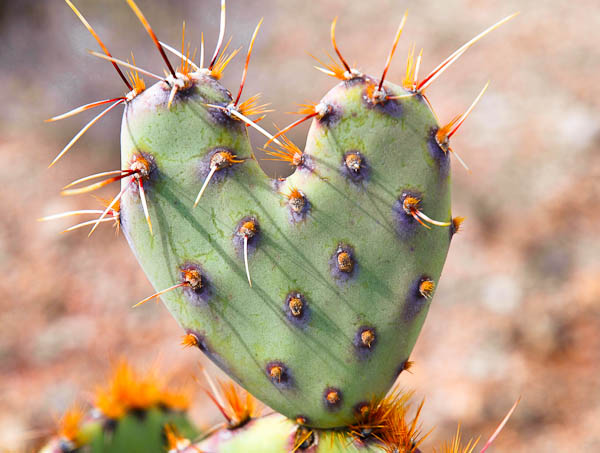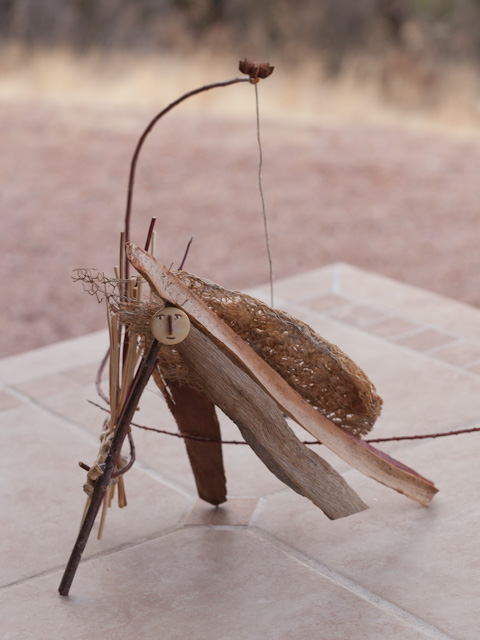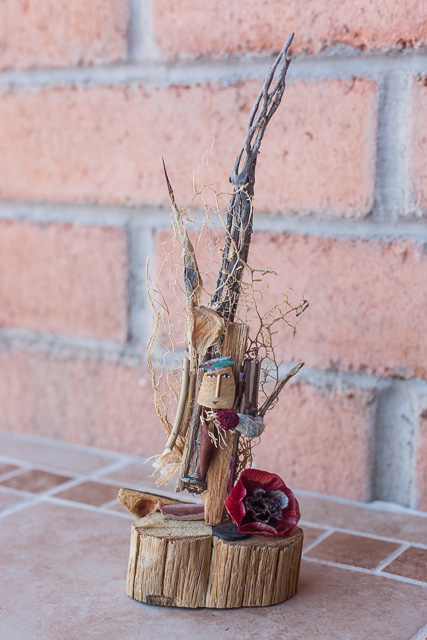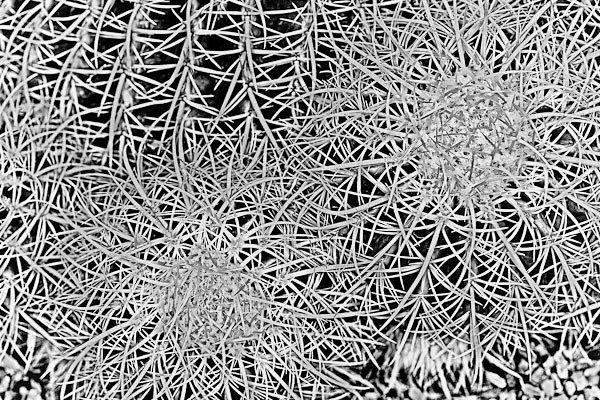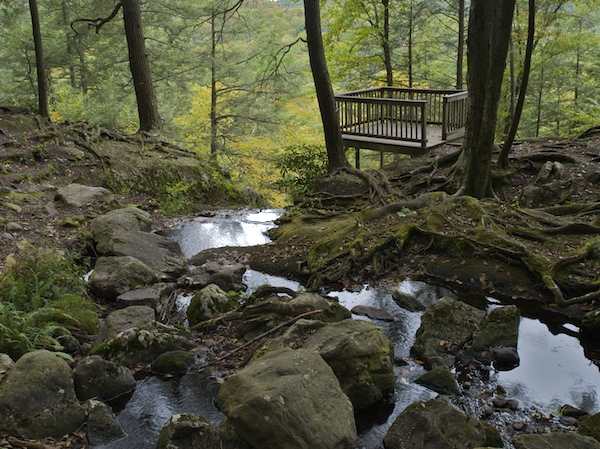“Being deeply loved by someone gives you strength,
while loving someone deeply gives you courage.”
~ Lao Tzu
This photo of a cactus heart makes another Valentine’s Day appearance, as I wish my Valentines a happy day.
———
Bo Mackison is a photographer and owner of Seeded Earth Studio LLC. She sends much love and deep gratitude to her very special Valentine.
